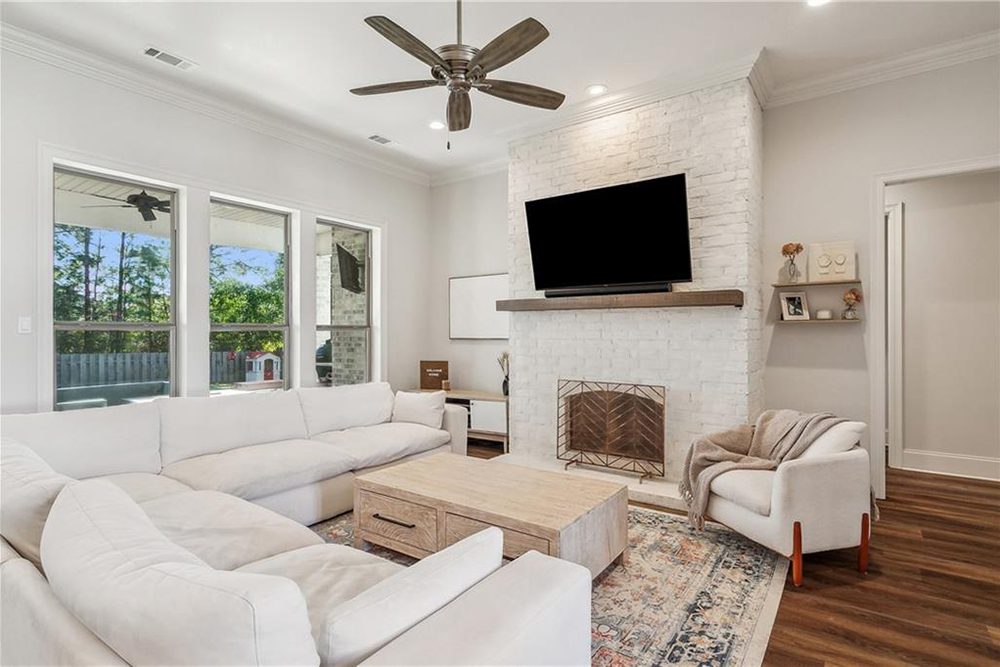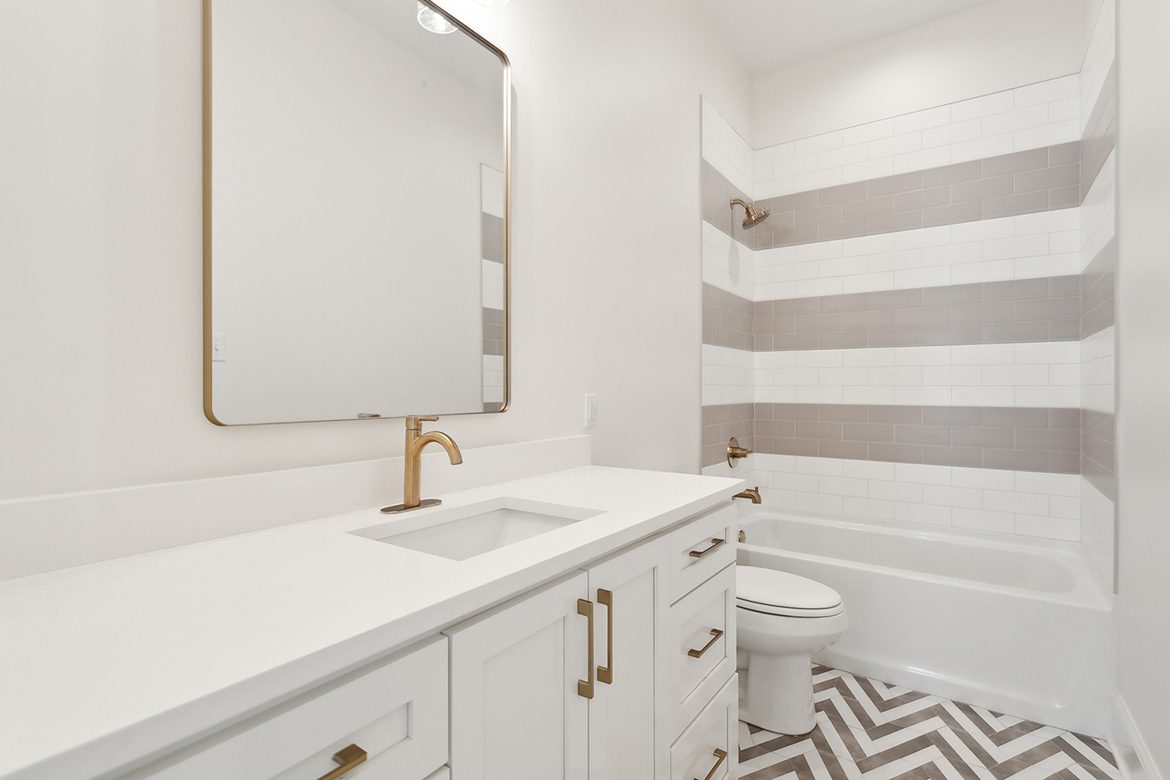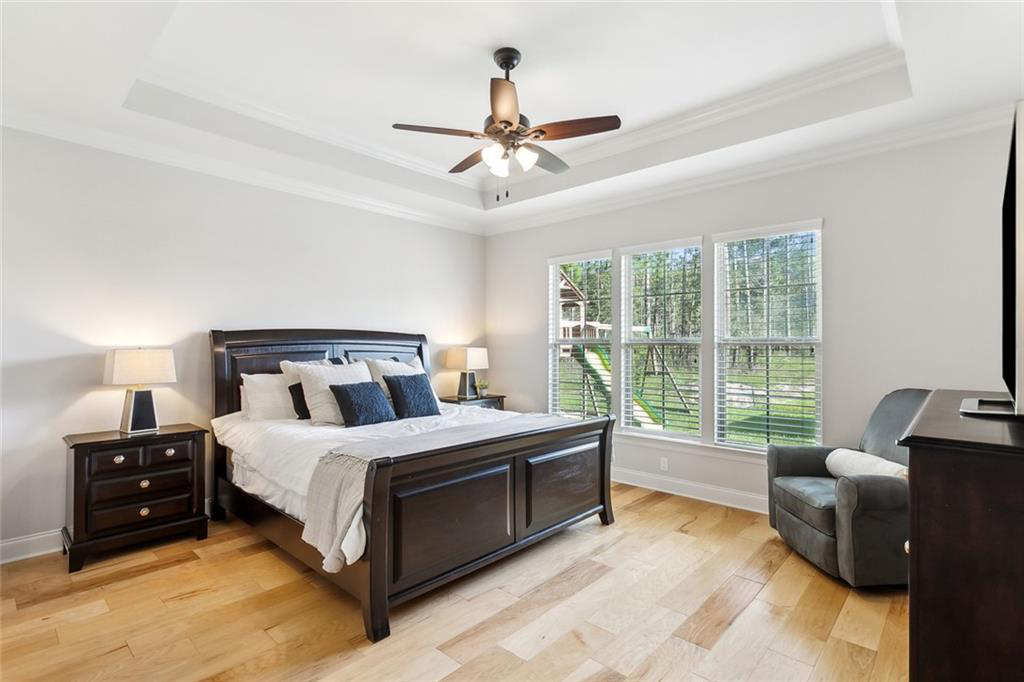How to Build a Custom Home on a Budget Without Sacrificing Quality
Building a custom home might seem out of reach if you’re working with a tight budget, but with careful planning and prioritization, you can create a beautiful, quality home that meets your needs. “Custom” doesn’t always have to mean expensive. By focusing on smart decisions and thoughtful design, it’s possible to build your dream home in Grand Rapids or West Michigan without breaking the bank.
The key to staying within budget is prioritizing what matters most to you. Start by identifying the features you absolutely must have versus those that would simply be nice to include. For example, if solid flooring is a non-negotiable for allergy reduction, consider opting for laminate countertops instead of granite to balance the cost. This approach allows you to allocate resources effectively without compromising on your core needs or wish list items.
Another way to save is by choosing a builder’s included features and finishes. These features are often pre-selected by professional designers to ensure high quality and aesthetic appeal, even at the base level. While upgrades can be tempting, sticking to included options can significantly reduce costs without sacrificing style. Many of these features also offer color and finish choices, allowing you to customize your home to reflect your personality without overspending.
Keeping the home’s design simple is another cost-effective strategy. Square or rectangular floorplans with minimal roofline changes are less expensive to design, build, and maintain. You can enhance curb appeal later with landscaping, lighting, and decor as your budget allows. Simplicity in design doesn’t mean sacrificing charm—it means maximizing value.
If your budget is tight, consider scaling down the size of the home. Small doesn’t have to mean cramped; even compact floorplans can include open-concept designs, kitchen islands, owner’s suites, and ample storage. If additional space is necessary, building a two-story home is often more cost-effective than a sprawling single-story design.
Energy efficiency is another smart investment for budget-conscious homeowners. Choosing energy-efficient appliances, insulation, and systems may require a slightly higher upfront cost but results in long-term savings on utilities. Features like energy-efficient windows, LED lighting, and water-saving fixtures not only reduce monthly expenses but also contribute to a more sustainable home.
Finally, partnering with a builder that has a proven and efficient process can help minimize costs. A builder who leverages technology and streamlined workflows will waste less time and fewer materials, ultimately saving you money. Look for builders who offer tools like 3D imaging and consistent communication to ensure your project stays on track and on budget.






